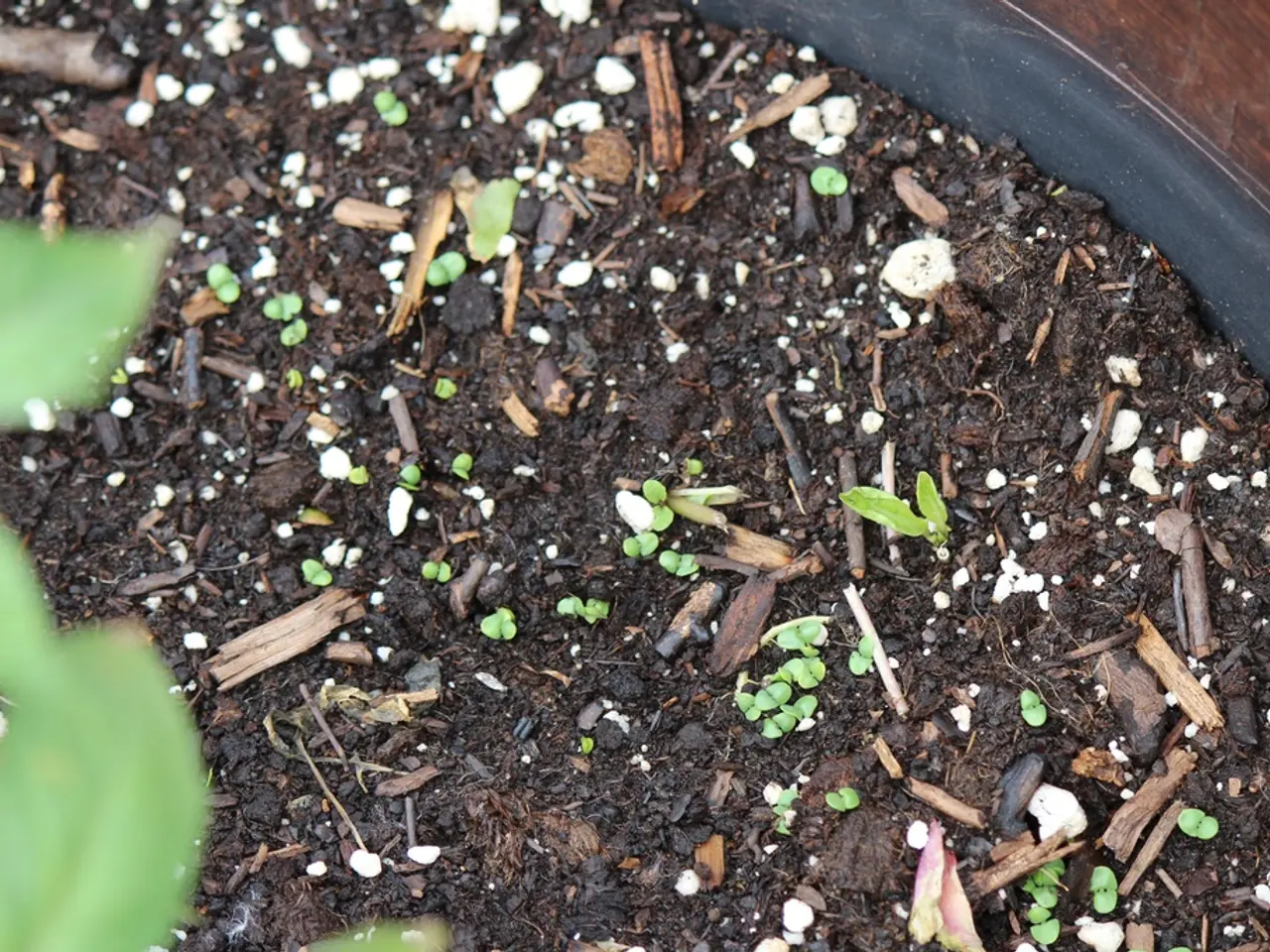Hues of Earth's Canvas: Nature's Varied Colors for Flora Growth
Soil colors can tell us a lot about the composition and fertility of the soil, providing invaluable insights for agricultural planning and environmental assessments. Here's a breakdown of what different soil colors might indicate:
Darker Soils (Brown or Black)
Darker soils, such as brown or black, often contain high levels of organic matter. This organic matter, often in the form of humus, is crucial for soil fertility as it provides nutrients, improves soil structure, and supports microbial activity [3][5].
Red or Yellow Soils
Red or yellow soils are common and often indicate the presence of iron oxides, which can be a result of weathering processes [5]. The red color may also suggest a high concentration of iron and aluminum oxides, which can affect nutrient availability and soil pH [5].
Lighter Colored Soils
Lighter colored soils might have lower organic matter content and may be more prone to erosion due to their lighter texture [1][5]. They can also indicate leaching of nutrients, as seen in the E-horizon of soil profiles [1].
Impact on Fertility
Organic Matter
Higher organic content generally means better soil fertility, as it enhances nutrient cycling, improves soil structure, and supports beneficial organisms [3][4].
Mineral Composition
The balance of minerals influences nutrient availability for plants. For example, iron oxides can affect soil pH and nutrient uptake [5].
Enhancing Soil Quality
To improve red soil for planting, it's essential to increase the levels of organic matter and add any missing minerals. One way to increase organic matter is by returning organic materials to the soil through cover crops, compost, and mulch [2]. Maintaining good levels of organic matter requires effort, especially in warm and arid regions and well-aerated soils [4].
Adding lime can be used to raise the pH of red soil [5]. Soil that does not drain well and stays wet for much of the year tends to be a dull yellow or grey [1].
In conclusion, understanding the significance of soil colors can help farmers and environmentalists make informed decisions about soil management and land use. By recognising the indicators of soil composition and fertility, we can work towards creating healthier, more productive soils for future generations.
[1] Soil Science Society of America. (2021). Soil Colors and Their Significance. Retrieved from https://www.soils.org/publications/soils-in-our-lives/soil-colors-and-their-significance
[2] United States Department of Agriculture. (2021). Soil Organic Matter. Retrieved from https://www.nrcs.usda.gov/wps/portal/nrcs/main/soils/health/organicmatter/
[3] National Academy of Sciences. (2012). Soil Carbon Sequestration. Retrieved from https://www.nap.edu/read/13379/chapter/1
[4] United Nations Convention to Combat Desertification. (2021). Soil Organic Carbon. Retrieved from https://www.unccd.int/what-we-do/soil/soil-organic-carbon
[5] Food and Agriculture Organization of the United Nations. (2021). Soil Management. Retrieved from https://www.fao.org/soils-portal/soil-management/en/
- Science and health-and-wellness practitioners can leverage soil colors to gain insights on soil health, as darker soils often indicate high organic matter crucial for soil fertility and life, while red or yellow soils may suggest alterations in nutrient availability due to the presence of iron oxides.
- To optimize soil health and fertility, strategies such as increasing organic matter through cover crops, compost, and mulch, or adjusting soil pH through lime additions, can be utilized, based on scientific understanding of soil composition and its impact on plant growth and soil ecology.




